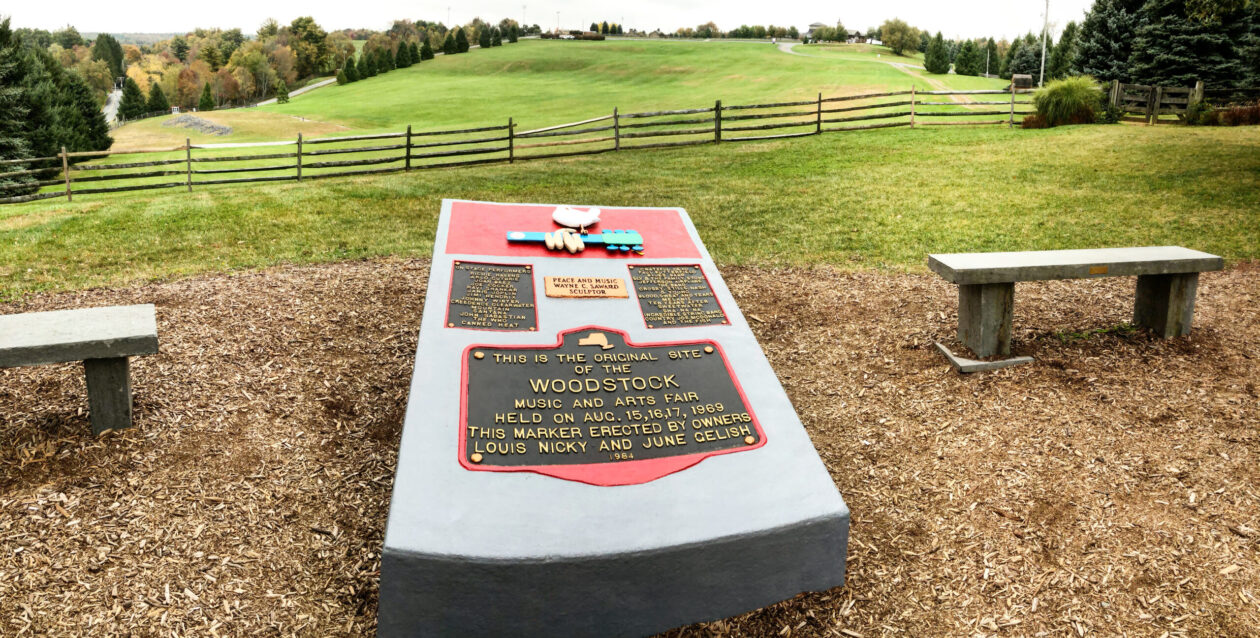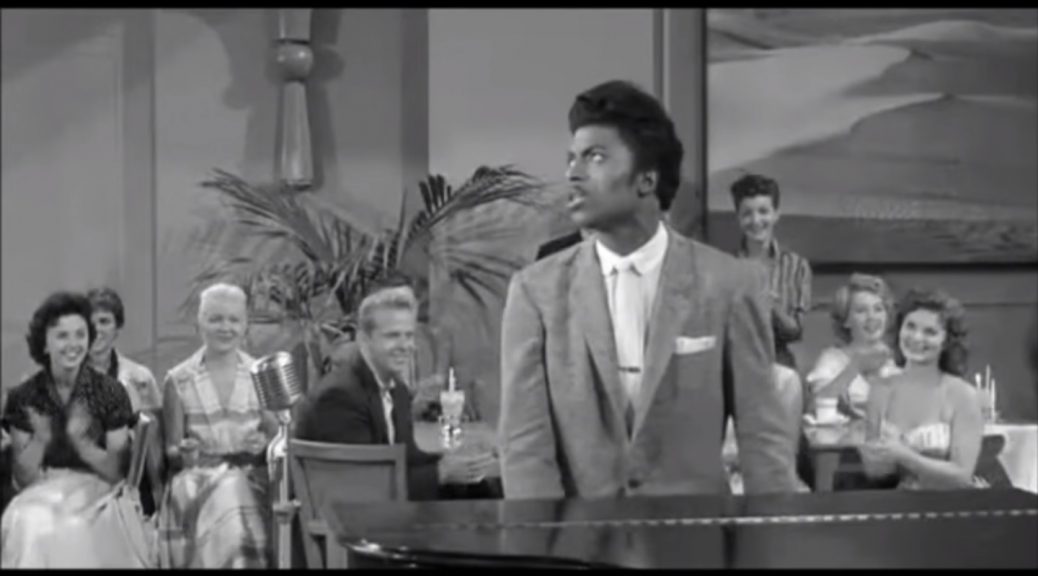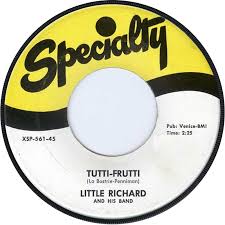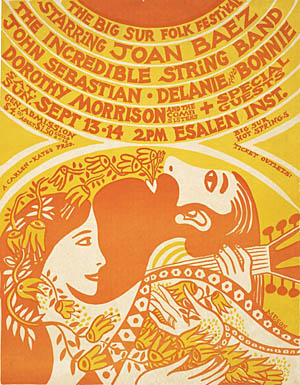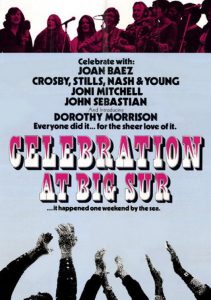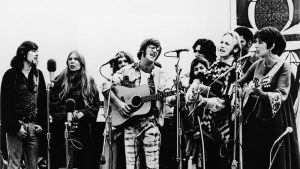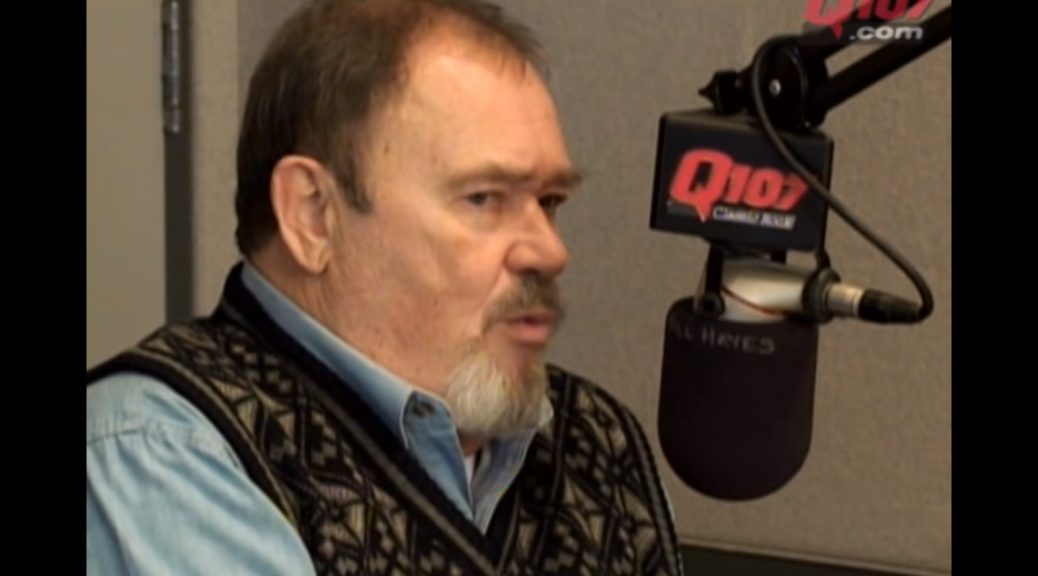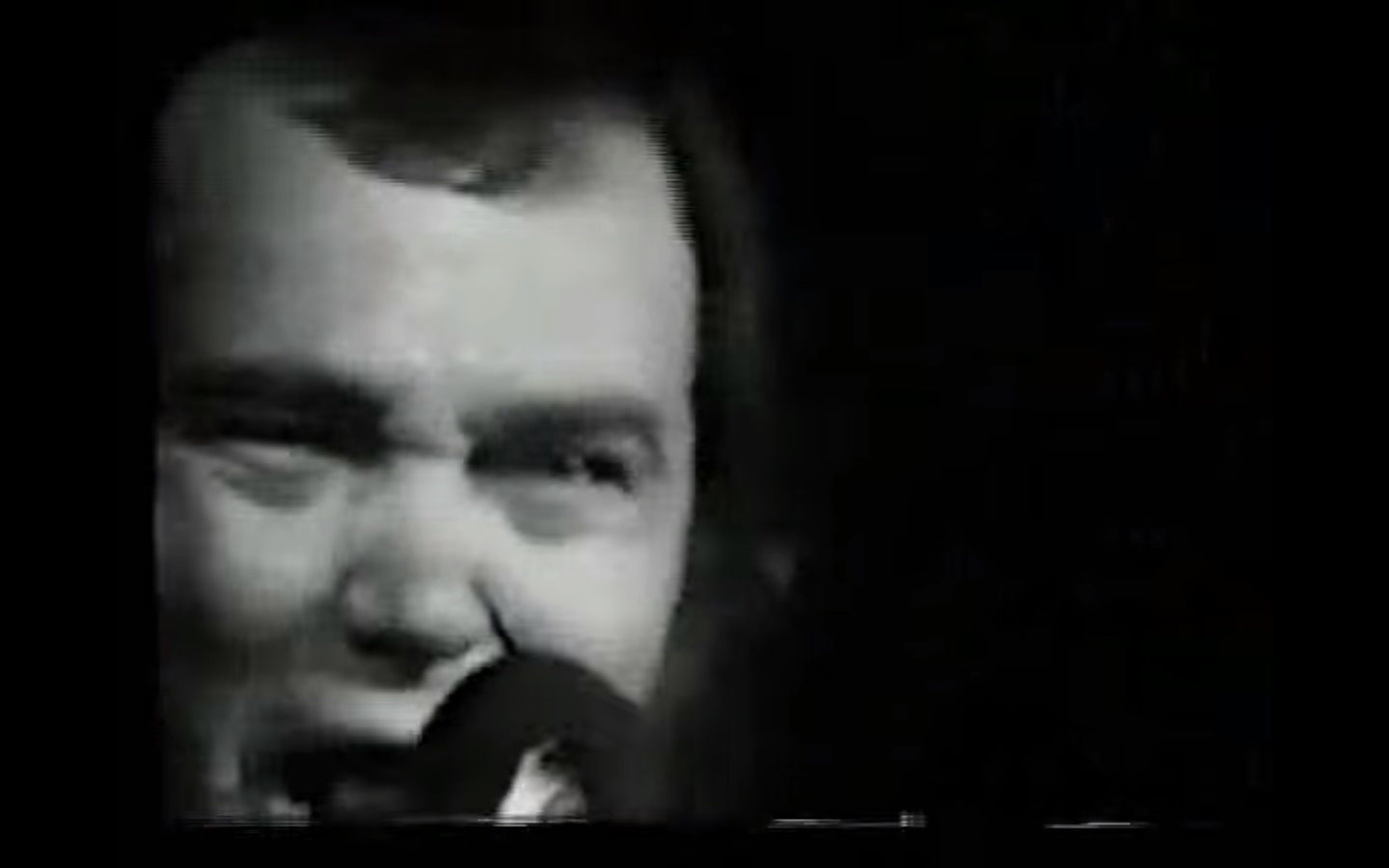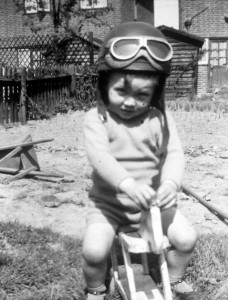Little Richard Tutti Frutti
Recorded in New Orleans September 14, 1955
Richard Wayne Penniman
Richard Wayne Penniman was born on December 5, 1932, in Macon, Georgia. His father was a church deacon Like many young black children, singing in church was a part of life.
The Penniman family joined various denominations, but Little Richard, a nickname kids gave him as a youth, preferred the Pentecostal churches because of their live music. Richard’s strong voice sometimes got him in trouble with the other singers.
In high school he played the saxophone. He also worked at the Macon City Auditorium where he heard many of his favorite performers such as Cab Calloway and his favorite, Sister Rosetta Tharpe.
Little Richard Tutti Frutti
Sister Rosetta Tharpe
On October 27, 1947, Sister Rosetta Tharpe heard 14-year-old Little Richard singing two of her gospel recordings before her concert at Macon City Auditorium. She invited him to sing onstage. The crowd loved his performance and Tharpe paid him for it.
Little Richard was in show business.
Show business slow
At first he sang locally because he was still in school, but he gradually put school second. In 1948, he joined Dr Hudson’s Medicine Show where he sang some secular songs for the first time. He considered rhythm and blues sinful.
After being part of several traveling shows which exposed more and more to that rhythm and blues, Little Richard befriended the energetic performer Billy Wright. Little Richard’s performances also become more energetic.
In 1951, Wright’s connections got Little Richard a recording session whose demos impressed RCA records enough to offer him a contract. Though he had a local hit (“Every Hour” in Georgia), there wasn’t an follow up success and he left RCA in 1952.
Little Richard’s father died shortly afterwards. That and the lack of financial success as a musician forced him to find any jobs available such as a dishwasher. He continued playing music, more and more rhythm and blues and in February 1953 signed with Peacock Records but was again dissatisfied with that relationship. In 1955 Little Richard sent demos to Specialty Records where owner Art Rupe felt Little Richard could be another Ray Charles. Rupe began that quest in his New Orleans studio.
Little Richard Tutti Frutti
Tutti Frutti
But it was in a nearby bar during a studio break that lightning struck. Little Richard played “Tutti Frutti.” It was a song whose lyrics were not suitable for recording and certainly not airplay.
They changed the original…
Tutti Frutti, good booty
If it don’t fit, don’t force it
You can grease it, make it easy
to
Tutti Frutti, aw rooty
Tutti Frutti, aw rooty.
Aw rooty simply being slang for “Alright”
Little Richard Tutti Frutti
Awopbopaloobop Alopbamboom
Apparently having a girl named Sue who knew just what to do was just fine to say.
He recorded Tutti Frutti on this date in 1955 and Specialty released it in November.
It is considered by many to be one of the greatest rock and roll songs. Period.
It is hard to argue with them.
Little Richard became a member of the Rock and Roll Hall of Fame in 1986, the first year of the Hall.
Rolling Stone magazine lists it at #43 of the best songs of all time.
Richard Penniman died on May 9, 2020. He was 87. [NYT obit]
